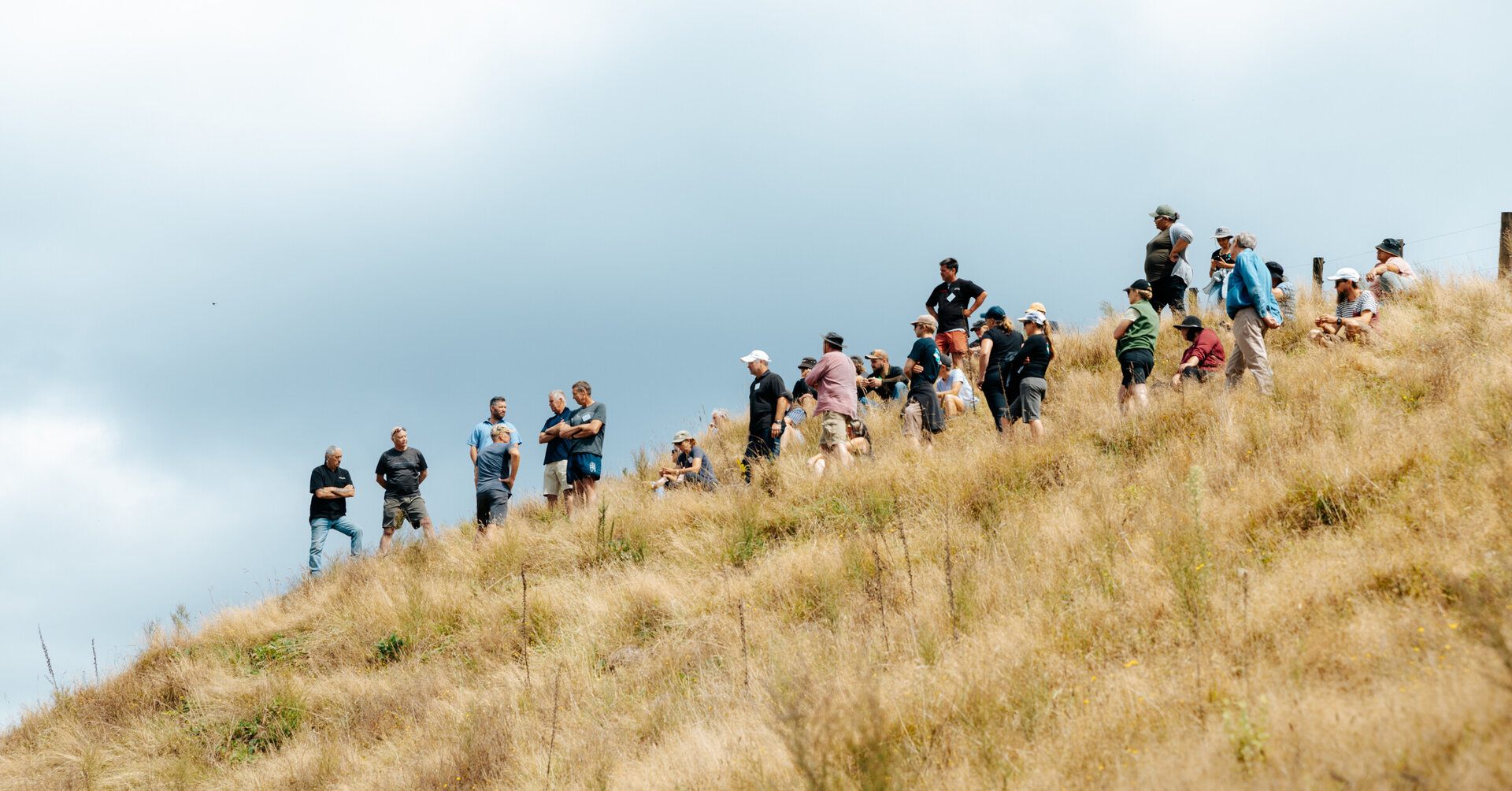Environment Farm Planning Approach
Sally Lee
Looking forward, all farmers and growers are required to have a Land Environment Plan (LEP) by 2025. Wai Kōkopu sees LEPs as a vital tool to help farmers and growers through a thought process which evaluates the things they are doing with their current property resources. It is hoped LEPs will also assist in stretch thinking around future practices that will replenish the land and water, while protecting the asset for future generations.
LEPs are regarded as ‘living documents’ and should be reviewed annually as tasks are completed or new supporting information is acquired. The four main parts of the LEP include:
- Resources – area, slope, soils, vegetation, waterways, tracks, paddocks etc.
- Biophysical and Ecological – Using OverseerFM (software to assist farmers in decision making) collection and use of a number of inputs such as fertiliser use, irrigation, animals, soil test results, supplements, and crops allow the property to be benchmarked yearly. Wai Kōkopu team has developed a scorecard that ranks the property on the following categories:
- Nitrogen – nutrient management and loss
- Phosphorus – nutrient management and loss and soil tests levels
- Pathogens – management of effluent (if applicable) and management of dead stock
- Soil quality and ecosystem protection – riparian protection, cropping, management of steep slopes, general farm system, pugging and biodiversity
- Water – specific focus on nitrates in drinking water and water source
- Risk Assessment – an evaluation of Critical Source Areas (CSAs) - areas in the landscape that contribute disproportionately high pollutant levels and are primarily found where hydrologic flow and pollutants interact - is undertaken. The risk assessment for these are determined by the ‘Likelihood’ and ‘Impact’ of activities, allowing prioritisation and actions. Examples of CSAs could include ephemeral flow paths with a gateway or trough in it, or an unbunded silage stack.
- Actions – depending on the outcomes of the scorecard and CSAs analysis, some SMART (simple, measurable, attainable, realistic and timely) actions are put in place to help eliminate, mitigate or isolate the on-farm risks.
Wai Kōkopu is currently working with the Lighthouse Farmers to complete LEPs on their farm. As many of these farms have multiple enterprises within their farming business, working to ensure all components are captured in one document (or digital platform) is a priority.
Every year we sit down with the farmers to review their farming operation and collect a wide range of on-farm data. The emphasis on keeping good records cannot be emphasised enough, but we are also trying to create longer-term relationships with existing industries and providers to eliminate duplication where appropriate.
Having a farm map and understanding your property’s resources are fundamental to getting things right. We then break the farm down into sectors and/or land management units (type of land that has a specific use and managed in a similar way due to their underlying physical attributes). These are then analysed.
To date we have utilised both Farmax and OverseerFM to determine the economic and environmental impact of the farm, along with evaluating potential farm system changes. As part of this process, the farmers get to ‘know their numbers’, and we will be integrating strategies to mitigate their Greenhouse Gas Emissions (GHG).
It is important to remember that LEPs are the farmer’s or grower’s documents, and we should emphasise the need to embrace the information that is provided. Making regular small steps is better than not doing anything at all. Remember it is not a race!



